



Jacobs. A world where you can.
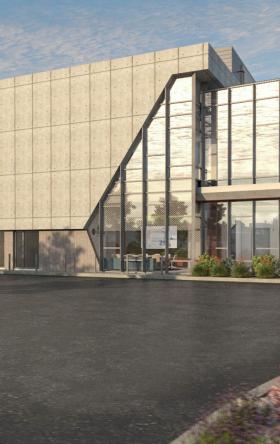
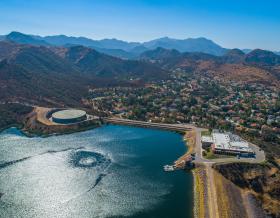

As climate change threatens water security around the world, more communities are turning to water reuse as a resilient water supply solution and embracing the OneWater principle that all water has value. Jacobs has been supporting clients with water reuse programs for decades, beginning with the first applications of advanced wastewater treatment technologies in the 1960s. We provide our clients with a full range of services, from water reuse feasibility studies to design, construction and operations.



We’ve provided design-build services to the water sector for over 25 years and delivered more than 150 projects. We offer fully integrated design-build and design-build-operate capabilities to tackle the most complex water challenges and work in close collaboration with our clients.



For more than 30 years, Jacobs has been responsible for planning and implementing Lead and Copper Rule-related strategies which protect millions of people in the U.S. and Canada. Our work includes enhanced water quality monitoring strategies, sampling plan development, harvested pipe-scale analysis, lead service line inventories and replacement plans, corrosion control studies and the incorporation of equity and environmental justice considerations into compliance programs.



A curated selection of some of the top-listened to and trending podcast episodes from our popular If/When podcast series.



As a purpose-led company, we know we have a pivotal role to play in addressing the climate emergency. We consider this not only good business, but our duty to channel our technology-enabled expertise and capabilities toward benefitting people and the planet.



We work in partnership, delivering some of the most challenging, diverse and innovative projects and programs globally across multiple sectors. We integrate complex interfaces across planning, procurement and delivery to help unlock better social, environmental and economic outcomes from mega and giga projects.



As our clients navigate the digital transformation and growing cyber risks, we have positioned ourselves at the forefront of this growth, adding digital capabilities, products and tools to serve a growing set of customers.



Sit down with our visionary team of thinkers, dreamers and doers to see what a day in the life is like.



Together with our visionary partner, PA Consulting, we're establishing our position in high end advisory services, creating a springboard to expand in high value offerings beyond the core.


At Jacobs, we're challenging today to reinvent tomorrow by solving the world's most critical problems for thriving cities, resilient environments, mission-critical outcomes, operational advancement, scientific discovery and cutting-edge manufacturing, turning abstract ideas into realities that transform the world for good. With approximately $16 billion in annual revenue and a talent force of more than 60,000, Jacobs provides a full spectrum of professional services including consulting, technical, scientific and project delivery for the government and private sector.



The only certainty about the future is uncertainty. Resilience is an attribute of a smarter planet, and requires planning and adapting ahead of potential threats. We help our clients survive, recover, adapt and thrive.



Jacobs is working to help clients across the United States secure federal funding for projects that make our cities and communities more connected and sustainable. Working hand-in-hand with clients from coast to coast and everywhere in between, Jacobs develops bold, innovative solutions to address the nation’s toughest challenges.



Now more than ever, we appreciate the hard work, sacrifice and dedication of the medical profession in ensuring the health and safety of our communities.



Together, we are stronger. Together, we can transform the future.



Stories that capture our partnerships and innovative impact for a more connected, sustainable world


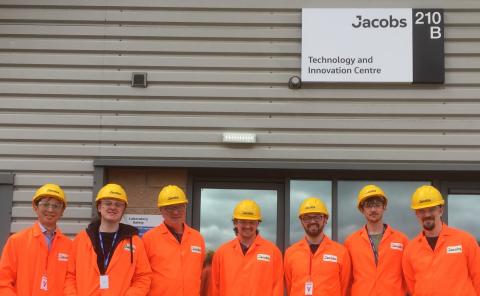
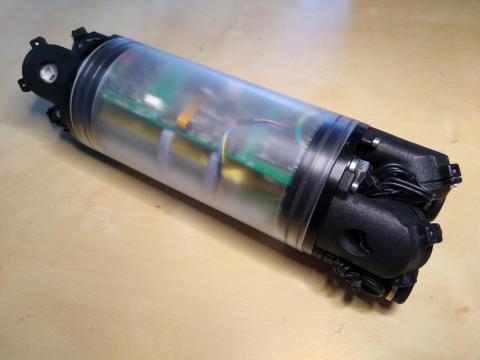
Resolve Robotics, based in West Cumbria, U.K., is joining Jacobs. The Resolve Robotics team brings an impressive record of developing innovative robots to serve the space, infrastructure, transport, nuclear and defense sectors.
The Resolve team brings with them both robotics and software expertise and intellectual property. The team will complement Jacobs’ existing capability with key technologies including MicroROV, a swimming robot designed for hostile environments, and the CellRail deployment system, which enables robots to build their own scaffolding-like structures in areas that humans cannot access.
Resolve’s robotic systems, wireless underwater communications and inspection technologies, supported by advanced instrumentation, custom electronics, innovative mechanical design and bespoke software, are applicable to a wide range of sectors where Jacobs already deploys robotic systems to support its work.
Its robots, some as small as a beverage can, remove the need for humans to work in hazardous conditions and improve safety by monitoring degradation, airborne contaminants and radiation levels in hard-to-reach locations. They also collect data to substantiate the case for asset life extension and allow inspection, maintenance and repair to be conducted on a wide range of assets using a single system.
“Joining Jacobs is the ideal way for the team to fulfill its potential, enabling us to apply our knowledge and skills on projects in many new sectors and geographies,” says Resolve Robotics founder Andrew Ludar-Smith, who becomes Operations Manager - Robotics Development at Jacobs.
“Our clients will benefit from a step-change in our capability to develop and deploy robotic systems in challenging environments,” says Jacobs Energy, Security & Technology Senior Vice President Karen Wiemelt. “Andrew, the Resolve team and their products have established an excellent reputation with leading U.K. organizations in the nuclear and infrastructure sectors and we look forward to introducing these technologies to new sectors and customers.”
In May, Jacobs announced we designed and built a robotic tool to retrieve sand-like debris from inside a damaged nuclear power reactor at Fukushima Daiichi in Japan. We also lead the European Remote Handling Alliance, which is designing robotic systems for ITER, the world’s largest fusion power experiment.
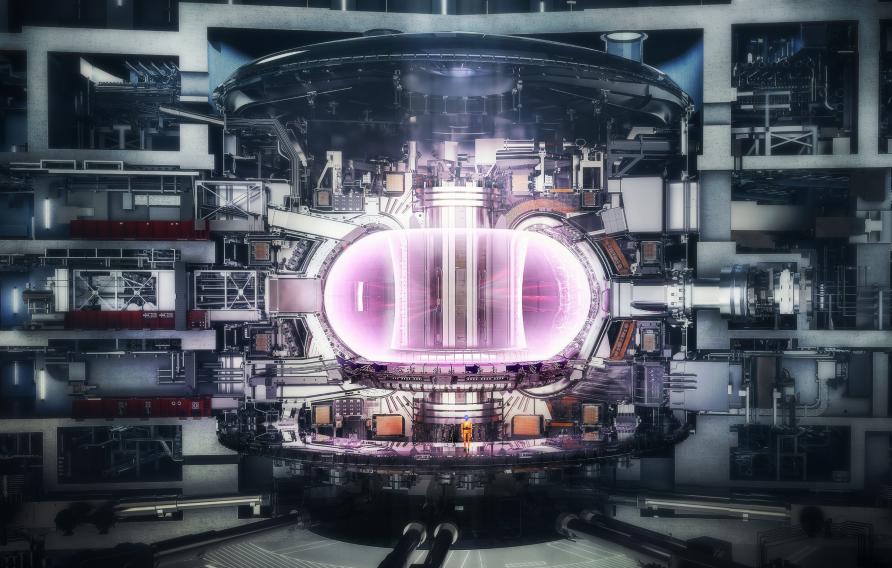
From next generation systems for a climate-resilient future to managing complex decommissioning, site closure, radioactive waste and remediation efforts, we're helping solve the world’s most complex nuclear challenges safely and effectively.
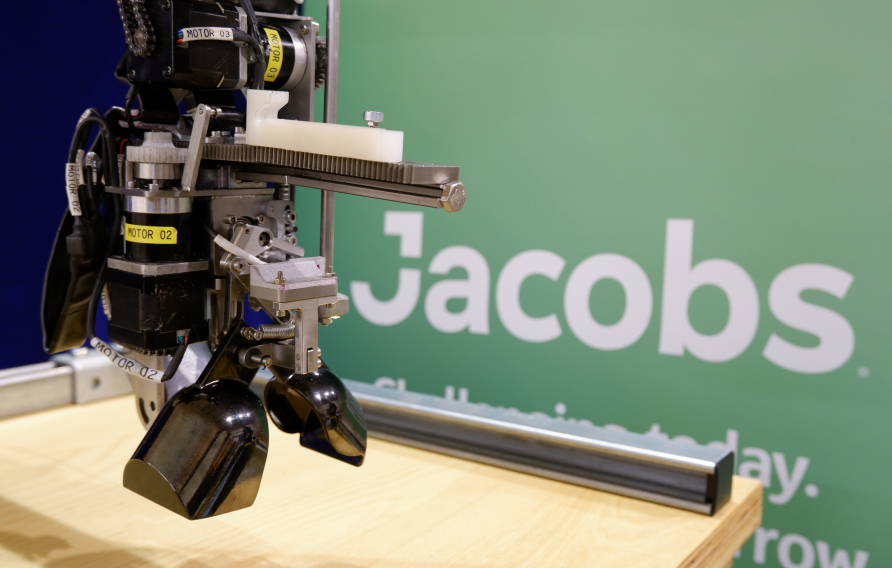
Jacobs has designed and built a robotic tool to obtain crucial information about the state of a damaged nuclear power reactor at Fukushima Daiichi in Japan.
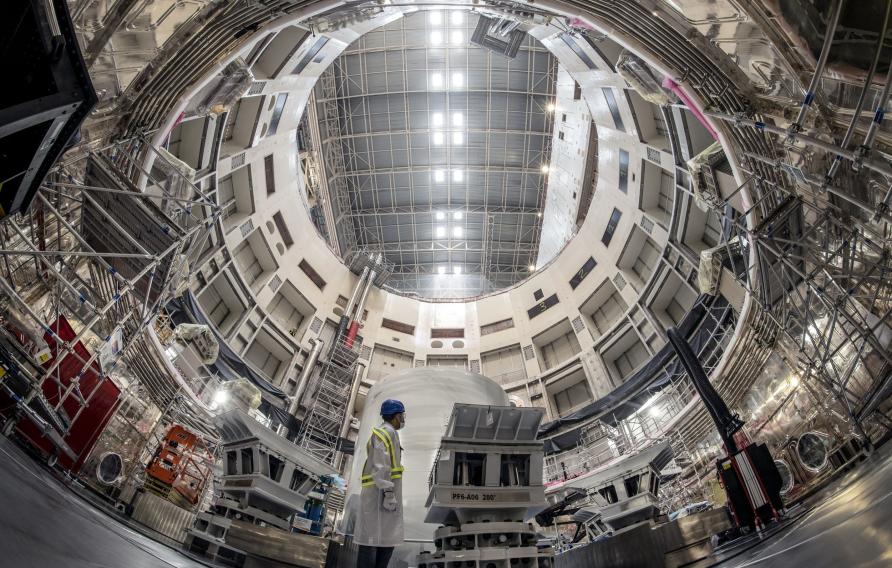
The dream of fusion power depends first and foremost on a self-sustaining fusion reaction, with most of the heating power needed coming from within the reaction itself, rather than from external sources. This is what ITER is all about: trying to create those conditions, in a stable and predictable way, as a starting point towards developing future fusion power stations.